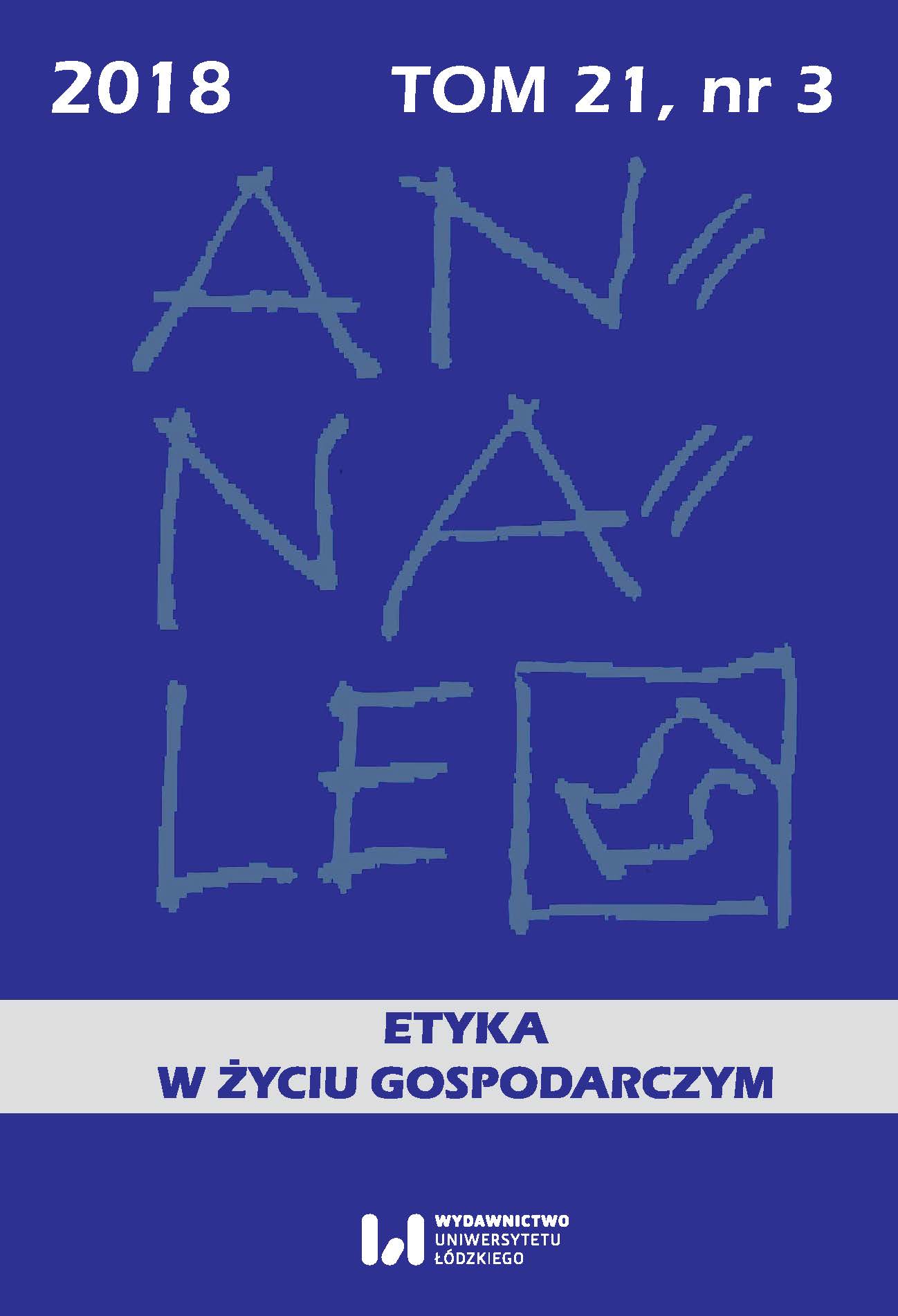The Human Development Index as an Indicator of Economic Development. An Assessment Based on a Comparative Case Study of Five European Post‑Socialist Countries
DOI:
https://doi.org/10.18778/1899-2226.21.3.03Słowa kluczowe:
economic development, Human Development Index, case study, post‑socialist countiesAbstrakt
The aim of the paper is to evaluate the Human Development Index (HDI) as an indicator of economic development. The analysis is based on case studies of five post‑socialist countries: the Czech Republic, Estonia, Hungary, Lithuania, and Poland. To carry out the assessment of the HDI, two approaches are employed. The first involves comparing the HDI values to seventeen other indicators related to different aspects of development chosen with reference to Amartya K. Sen’s approach. The second approach refers to public opinion surveys provided by the Eurobarometer and the European Quality of Life Survey programs. In the light of the analysis, it can be said that the HDI is a fairly good measure of economic development. However, certain important dimensions which have a significant impact on people’s living conditions are neglected. Knowing about Sen’s influence on the creation of the HDI and the emphasis he put on the relationship between democracy and development, it may be surprising that such neglected dimensions include the state of democracy.
Bibliografia
Dzionek–Kozłowska, J., & Matera, R. (2016). O poszukiwaniu przyczyn bogactwa i nędzy narodów w teorii Darona Acemoglu i Jamesa A. Robinsona. Gospodarka Narodowa, 5, 5–26.
Google Scholar
Eurobarometer, European Commission. http://ec.europa.eu/commfrontoffice/public opinion/index.cfm/Chart/index
Google Scholar
European Quality of Life Surveys, European Foundation for the Improvement of Living and Working Conditions. https://www.eurofound.europa.eu/surveys/european‑quality‑of‑life‑surveys
Google Scholar
Eurostat. http://ec.europa.eu/eurostat/data/database
Google Scholar
Grady, D. (2012, 7 March). Exercising an aging brain. New York Times. https://www.nytimes.com/2012/03/08/business/retirementspecial/retirees‑are‑using‑education‑to‑exercise‑an‑aging‑brain.html
Google Scholar
Gray, A. (2001). Definitions of crowding and the effect of crowding on health. New Zealand Ministry of Social Policy. https://www.msd.govt.nz/documents/about‑msd‑and‑our‑work/publications‑resources/archive/2001‑definitionsofcrowding.pdf
Google Scholar
Hou, J., Walsh, P. P., & Jing Z. (2015). The dynamics of Human Development Index. Social Science Journal, 52(3), 331–347.
Google Scholar
Kelley, A. C. (1991). The human development index: ‘handle with care’. Population and Development Review, 17(2), 315–324.
Google Scholar
Klugman, J., Rodríguez, F., & Choi, H.‑J. (2011). The HDI 2010: new controversies, old critiques. Journal of Economic Inequality, 9(2), 249–288.
Google Scholar
Kovacevic, M. (2010). Review of HDI critiques and potential improvements. Human Development Research Paper, 33.
Google Scholar
Noorbakhsh, F. (1998). The Human Development Index: some technical issues and alternative indices. Journal of International Development, 10, 589–605.
Google Scholar
Perkins, D. H., Radelet, S., Lindauer, D. L., & Block, S. A. (2013). Economics of Development (7th ed.). New York: W. W. Norton & Co.
Google Scholar
Sagar, A., & Najam A. (1998). The Human Development Index: A Critical Review. Ecological Economics, 25(3), 249–264.
Google Scholar
Sen, A. K. (2000). Development as Freedom. New York: Anchor Books.
Google Scholar
Todaro, M. P., & Smith S. C. (2015). Economic Development (12th ed.). Pearson Education.
Google Scholar
United Nations Development Programme, Human Development Report 1990, 2006, 2007/8, 2009, 2010, 2011, 2013, 2014, 2015, 2015.
Google Scholar
United Nations, Human Development Data (1990–2015). http://hdr.undp.org/en/data
Google Scholar
UNODC. (2011). Global Study on Homicide.
Google Scholar
Pobrania
Opublikowane
Jak cytować
Numer
Dział
Licencja
Prawa autorskie (c) 2018 Annales. Etyka w Życiu Gospodarczym

Utwór dostępny jest na licencji Creative Commons Uznanie autorstwa – Użycie niekomercyjne – Bez utworów zależnych 4.0 Międzynarodowe.









